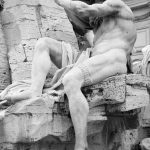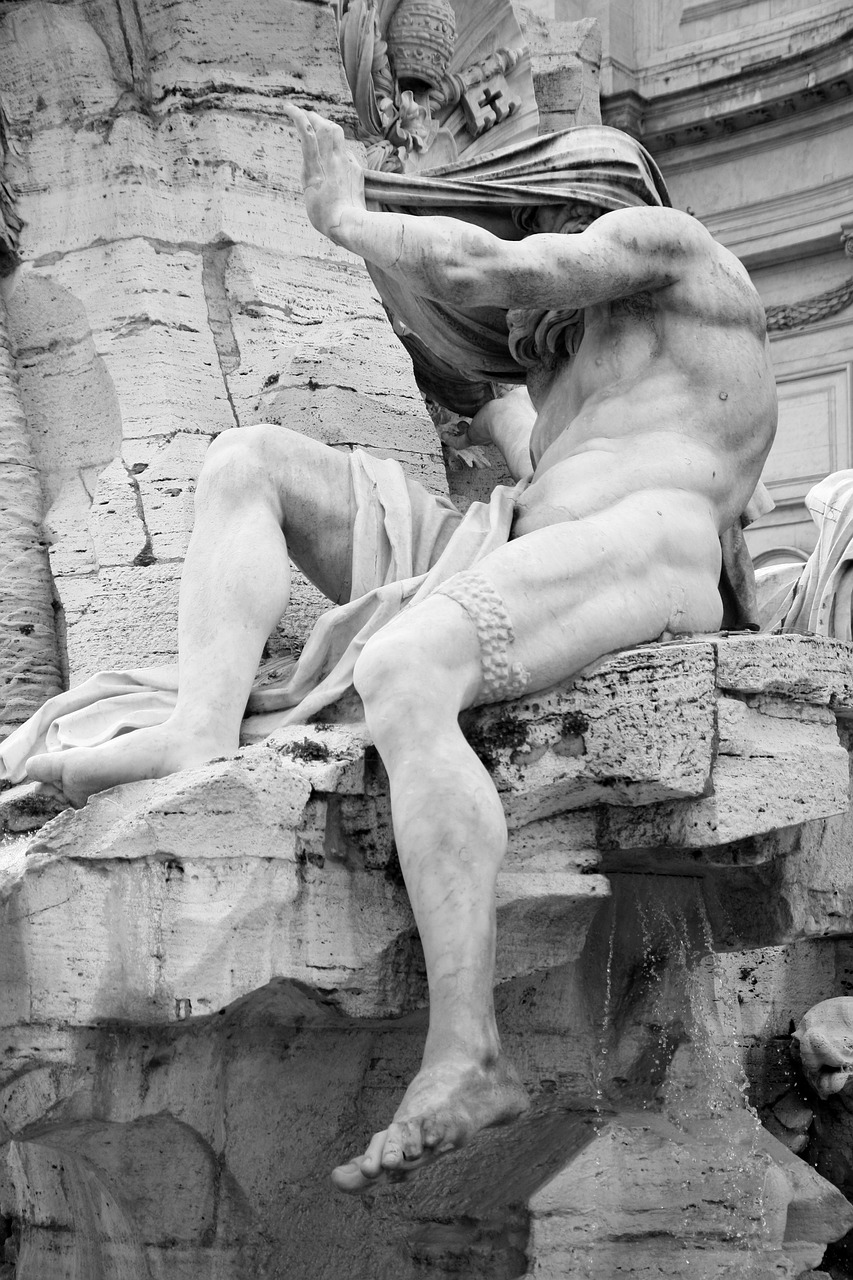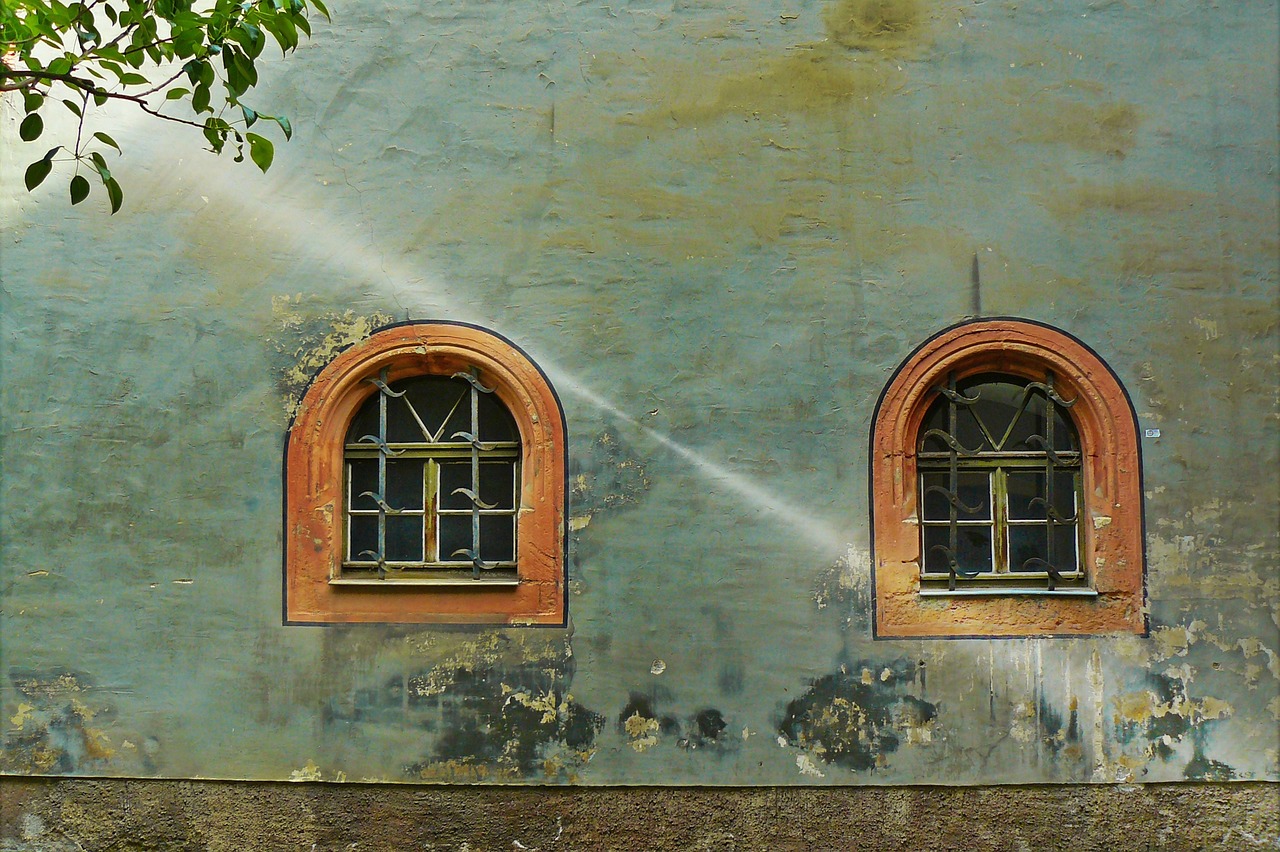Nestled along the banks of the enchanting Danube River, the town of Tutrakan boasts a hidden gem that captures the essence of its rich cultural heritage. The Museum of Danube Fishing and Boat Building stands as a testament to the region’s historical significance in the world of fishing and maritime craftsmanship. Stepping into this captivating institution is like embarking on a journey through time, where visitors can immerse themselves in the fascinating evolution of fishing tools, techniques, and boat construction. From ancient bone and copper fishing rods to intricately woven nets made from natural fibers, the museum’s collection showcases the ingenuity and craftsmanship of generations past. As visitors explore the meticulously curated halls, they will encounter captivating displays of historical artifacts, photographs, and documents, offering a comprehensive understanding of the fishing traditions that have shaped Tutrakan’s identity. With its dedication to preserving this unique heritage, the Museum of Danube Fishing and Boat Building invites all who seek a moment of liberation in the exploration of history.
Key Takeaways
- The Museum of Danube Fishing and Boat Building in Tutrakan is the only museum of its kind in Bulgaria and the entire Balkan Peninsula.
- The museum’s exposition is spread across seven halls in a building from the 20th century, showcasing the historical development of fishing tools and techniques.
- The museum displays original fishing tools, including fishing rods made of bone and copper, clay leads for fishing nets, and various types of nets made of vegetable fibers.
- The museum also highlights the history of fishing through pictures and documents, recreates a typical fisherman’s home, and has a hall dedicated to the development of boat construction in Tutrakan and the region.
What to Expect
The museum of Danube Fishing and Boat Building in Tutrakan offers visitors a comprehensive and chronological exposition of fishing tools and techniques, showcasing the historical development of the craft, as well as a recreation of a typical fisherman’s home and a dedicated hall on boat construction in the region. The museum’s collections are arranged in seven halls, allowing visitors to trace the historical development of fishing tools and techniques. The original fishing tools, such as fishing rods made of bone and copper, clay leads for fishing nets, and various types of nets made of vegetable fibers, provide a glimpse into the traditional methods used by fishermen in the past. In addition, the museum showcases the history of fishing through pictures and documents, providing valuable insight into the cultural and historical significance of fishing in the region. The interactive displays and detailed exhibits make the museum a captivating destination for those interested in the unique heritage of Tutrakan.
Exhibition Highlights
Displayed within the museum’s seven halls are a diverse range of artifacts and collections, providing a chronological journey through the historical development of fishing tools, techniques, and boat construction in Tutrakan and the surrounding region. The exhibition showcases a variety of original fishing tools, including fishing rods made of bone and copper, clay leads for fishing nets, and various types of nets made of vegetable fibers. Through interactive displays, visitors can explore the history of fishing through pictures and documents, gaining insight into the evolution of fishing techniques over time. Additionally, the museum features a recreation of a typical fisherman’s home, highlighting its close relationship to the fishing craft. One of the exhibition’s highlights is a dedicated hall that focuses on the development of boat construction in Tutrakan and the region, showcasing the historical significance of this trade. Overall, the museum offers a comprehensive and immersive experience, allowing visitors to engage with historical artifacts and gain a deeper understanding of the unique heritage of Tutrakan.
Visitor Information
Located in the town of Tutrakan, the Museum of Danube Fishing and Boat Building provides visitor information to enhance their experience. The museum is a treasure trove of knowledge that showcases the local fishing traditions and the historical significance of boat building. Upon entering the museum, visitors are greeted with a vivid depiction of the centuries-long fishing traditions that have shaped Tutrakan’s identity. The museum guides visitors through the chronological development of fishing tools and techniques, with original artifacts such as fishing rods made of bone and copper, clay leads for fishing nets, and various types of nets made of vegetable fibers. Additionally, the museum highlights the close relationship between fishing craft and the homes of fishermen through a recreation of a typical fisherman’s home. The museum also features a dedicated hall that explores the development of boat construction in Tutrakan and the region. Here, visitors can learn about the workshop for repairing vessels that existed in the ancient town of Transmariska and the exportation of boats made in Tutrakan to Austria, Serbia, and other countries in the 19th century. In summary, the Museum of Danube Fishing and Boat Building offers a captivating experience for visitors, immersing them in the rich local fishing traditions and the historical importance of boat building.
Frequently Asked Questions
What is the historical significance of fishing in Tutrakan?
Fishing in Tutrakan holds significant historical impact and is a part of its cultural heritage. The town’s centuries-long traditions in fishing and boat construction showcase the importance of this industry in the region’s development and identity.
How did the fishing and boat construction industry in Tutrakan contribute to the local economy in the 19th century?
The fishing and boat construction industry in Tutrakan in the 19th century contributed to the local economy through the development of advanced fishing techniques and the cultural impact of the trade. The industry thrived, with boats exported to other countries, enhancing economic growth.
Are there any interactive exhibits or activities for visitors to engage with at the museum?
The Museum of Danube Fishing and Boat Building offers a range of interactive exhibits and visitor engagement activities. These include hands-on demonstrations of fishing techniques, workshops on boat construction, and guided tours that provide a deeper understanding of the museum’s collections.
What are some of the challenges faced by the museum in preserving and maintaining its collection of fishing tools and boat artifacts?
Preservation challenges faced by the Museum of Danube Fishing and Boat Building include the proper storage and conservation of fishing tools and boat artifacts. Collection maintenance involves regular cleaning, repair, and monitoring of the objects to prevent deterioration and ensure their long-term preservation.
Can visitors purchase any unique or specialized fishing-related souvenirs at the museum gift shop?
Are visitors able to purchase unique or specialized fishing-related souvenirs at the Museum of Danube Fishing and Boat Building? The museum gift shop offers a variety of souvenirs related to fishing techniques and traditional fishing tools.










